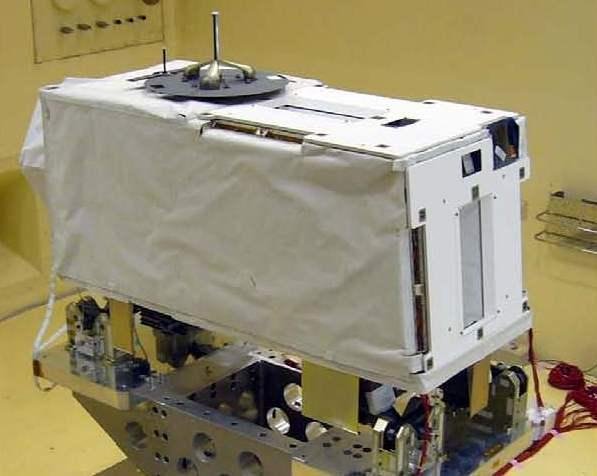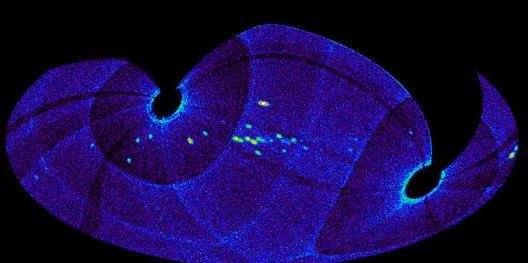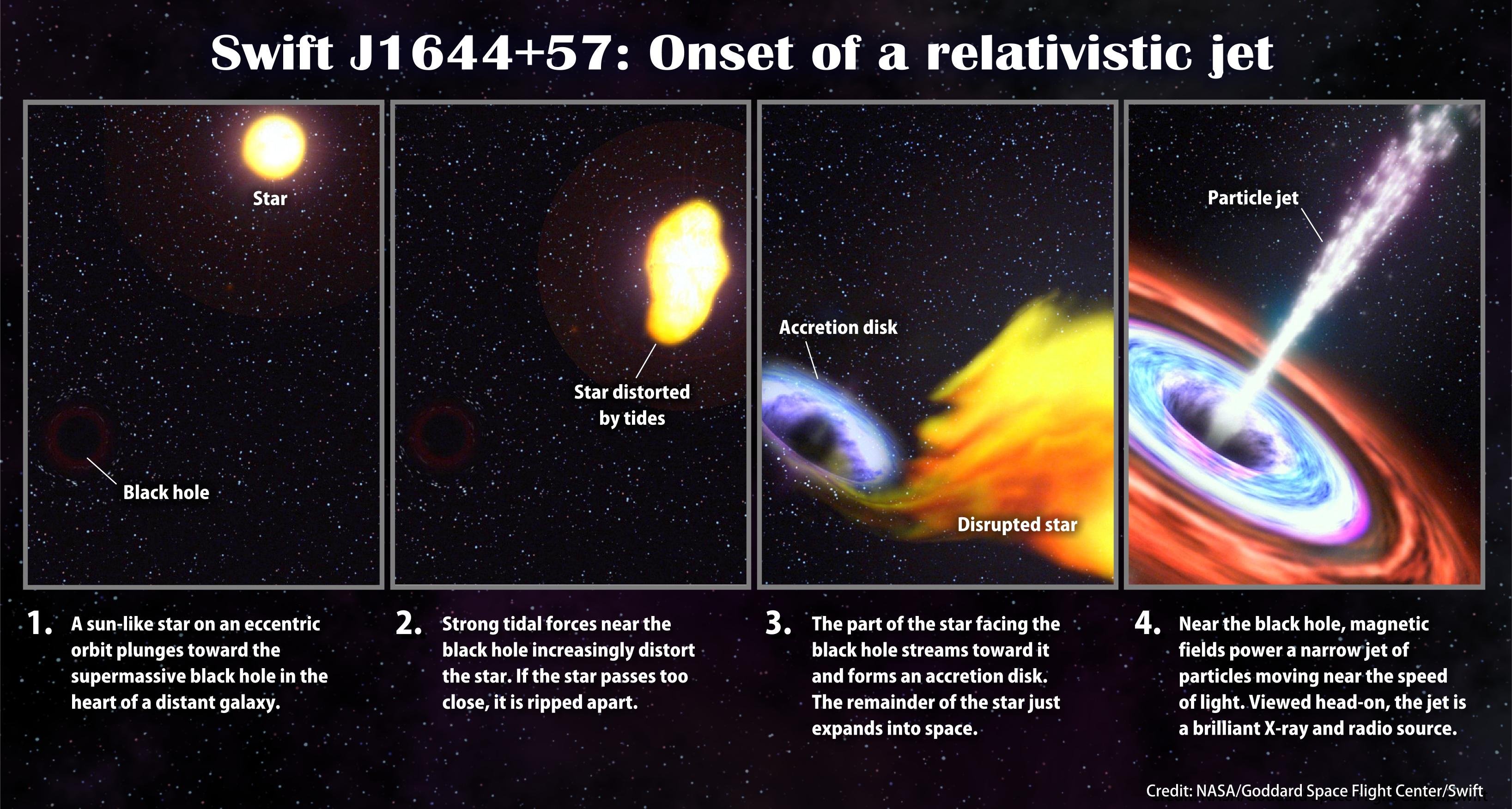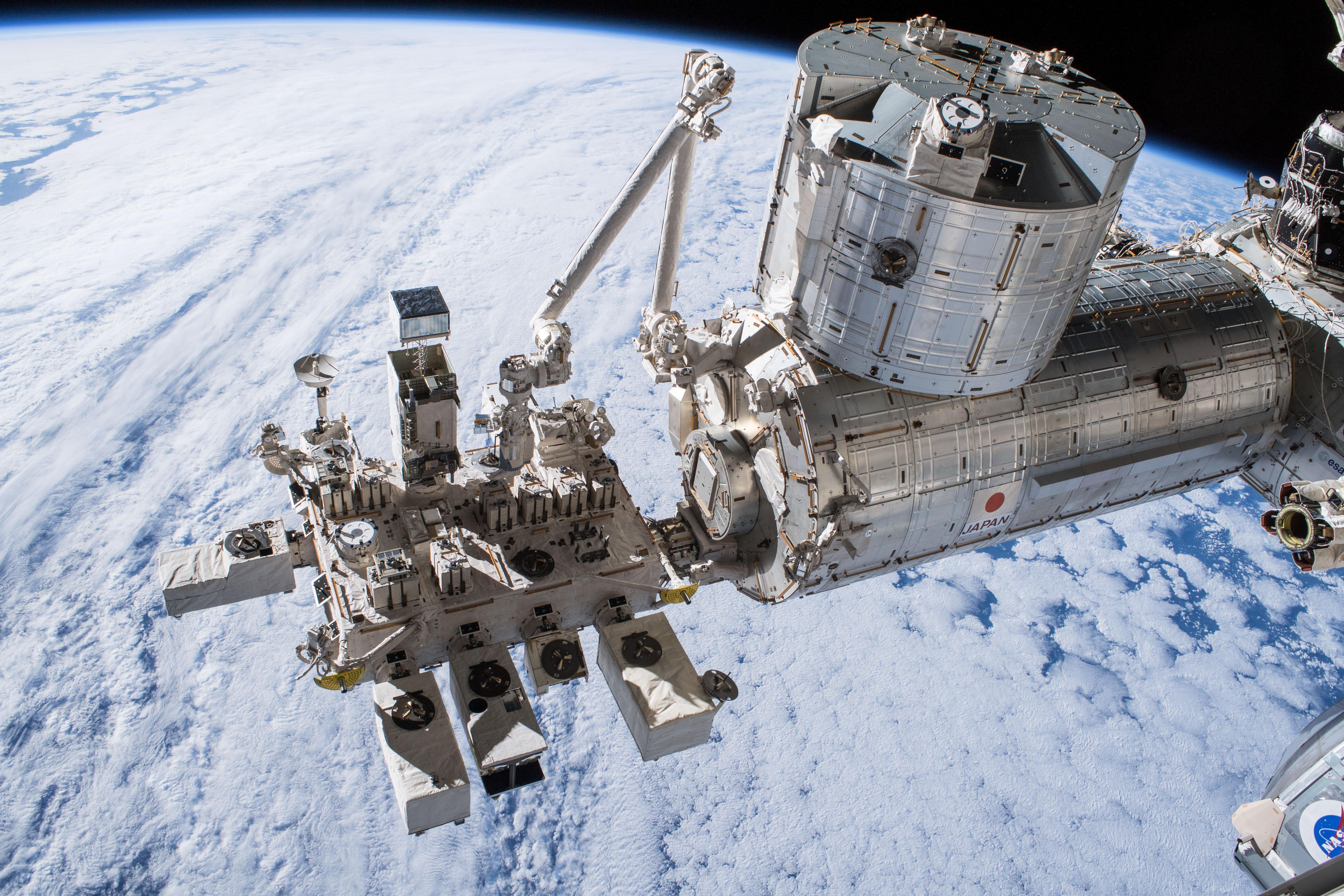ISS Science for Everyone
SCIENCE OBJECTIVES FOR EVERYONE
The Monitor of All-sky X-ray Image (MAXI) investigation is designed to continuously monitor, through a systematic survey, X-ray sources and variabilities as the International Space Station (ISS) orbits Earth. Located at Equipment Exchange Unit (EER) site 1 on the Japanese Experiment Module - Exposed Facility (JEF), MAXI is comprised of a couple highly sensitive X-ray detectors, the Gas Slit Camera (GSC) and the Solid-state Slit Camera (SSC). Besides the goal of performing a complete sky survey, this research helps to address fundamental astrophysics questions and allows researchers to better understand the current state and evolution of our Universe.
SCIENCE RESULTS FOR EVERYONE
Better than Superman? An X-ray monitor on the space station examined the entire sky for galactic transient phenomena and discovered new black hole candidates; reported more than 20 binary X-ray pulsar outbursts; detected X-ray flares from 12 stars in its first two years, providing a unified picture for star flaring; and observed for the first time the instant that a massive black hole swallowed a star. The investigation released a catalog for high Galactic-latitude sky sources and revealed the existence of a hypernova remnant estimated to be 3 million years old, believed to be the first in our galaxy.
Experiment Description
RESEARCH OVERVIEW
- The long-term time variability and random transient events are difficult to study with pointing telescopes, and require dedicated all sky mission. To research exotic phenomena systematically, the latest X-ray astronomical catalog is needed.
- MAXI continues to detect X-ray transient phenomena and rapidly inform the world of its position and brightness. The observation results about 1000 X-ray sources are provided in every day. MAXI also provides the latest X-ray catalog.
- MAXI will transmit an alert through the Internet when it detects any significant transient event, Other observatories or satellites can turn their telescopes toward the source to make follow-up observations.
DESCRIPTION
Monitor of All-sky X-ray Image (MAXI) is an X-ray all-sky monitor, to scan almost the entire sky once every 96 minutes for a mission life of more than two years. MAXI on ISS has been observing the X-ray sky from Aug 2009. The detection sensitivity will be about 20 mCrab(5 sigma level) for one-orbit MAXI operation, 2–3 mCrab for one day, and 1 mCrab for one week, reaching a source confusion limit of 0.2 mCrab in one-year observation. The systematic survey of the X-ray variabilities to study the nature of active celestial objects is an important objective of MAXI. So far, MAXI has detected many X-ray transient phenomena and rapidly informed the world of its sky positions and X-ray brightness. In principle. The astronomical data obtained with MAXI is now available at the MAXI web site.
Media Gallery





Applications
SPACE APPLICATIONS
Many X-ray sources are transients that escape detection because most telescopes have narrow fields of view. MAXI’s wide view and rapid notifications, up to 1,000 a day, help alert other observatories so they can capture data about these sources in a broad range of spectra.
EARTH APPLICATIONS
Astronomical data from MAXI, and from facilities alerted by MAXI, help scientists in studying the origins of matter and energy in the universe.
Operations
OPERATIONAL REQUIREMENTS AND PROTOCOLS
Since the continuous monitoring of the X-ray sky is important, MAXI is conducting the observation in 24x7. Continuous power and thermal control is required. To catch the transient phenomenon quickly, real time data transfer important. It is also important to minimize the data loss in order to make a complete sky survey.
The X-ray camera of MAXI must stop the observation during the sun is in the field of view or ISS is in the dense cosmic-particle regions (e.g. South Atlantic anomaly). It is necessary to properly control the X-ray cameras. It is important to predict the attitude and position of ISS precisely. The data broadcasted on ISS is also utilized for the camera control.
Publications
PRINCIPAL INVESTIGATOR(S)
JAXA/RIKEN
Unless specified otherwise, rights to all images belong to ©JAXA



